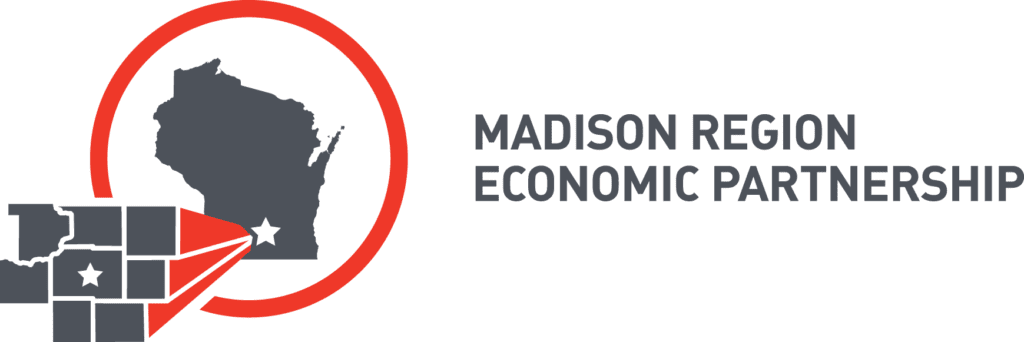Madison Mayor Satya Rhodes-Conway announced today that Matt Wachter has been named the City’s Director of Planning and Community and Economic Development (PCED). He is currently serving the City as Manager of the Office of Real Estate Services. Prior to his position in Real Estate Services, Wachter served as the City’s Housing Initiative Specialist since 2013.
The Position of PCED Director includes the advancement of the City’s efforts in affordable housing, land use planning and economic development, as well as leading the department’s management team.
Nan Fey has been serving as interim Director of the department since the retirement of Natalie Erdman earlier this year.
“Matt’s focus on, and creativity around, affordable housing solutions is important for the City right now. Increasing the supply of affordable housing is a top priority for my administration, and this position needs to be focused on that.” said Mayor Rhodes-Conway. “Matt is also familiar with the Department, since he has worked in a number of divisions within PCED and has been developing his knowledge base and management skills for a number of years. That experience will serve him, and the City, well. I am incredibly grateful for the service of Natalie Erdman and Nan Fey, and I know they have left the Department in great shape. I am confident that Matt will build on this, while keeping the Department focused on my priorities.”
As Director of the Office of Real Estate Services, Wachter oversaw the acquisition, sale and leasing of City real estate as well as the negotiation of Tax Increment Finance (TIF) investment and other real estate agreements with private developers and businesses. When in the Office of the Community Development Authority he was responsible for crafting the City’s housing policy through the Biennial Housing repost as well as leading efforts to develop affordable housing, including permanent supportive housing for Madison’s homeless population at a number of sites.
Prior to that position he worked I the City’s Community Development Division and as staff in the Office of Congresswoman Tammy Baldwin. He has an MBA in Real Estate Finance and Urban Economics from the University of Wisconsin-Madison.
His first day in his new position will be December 16.
